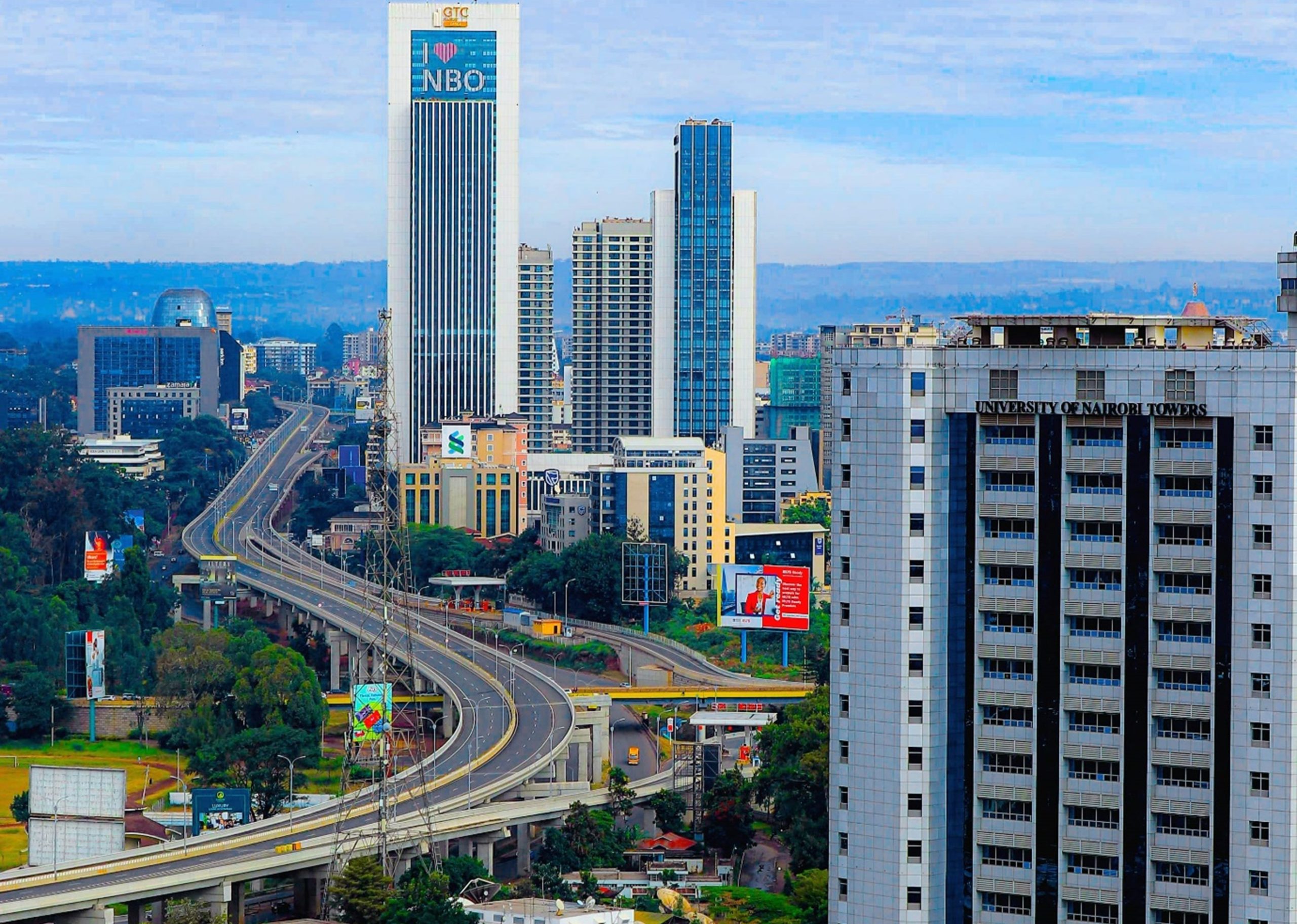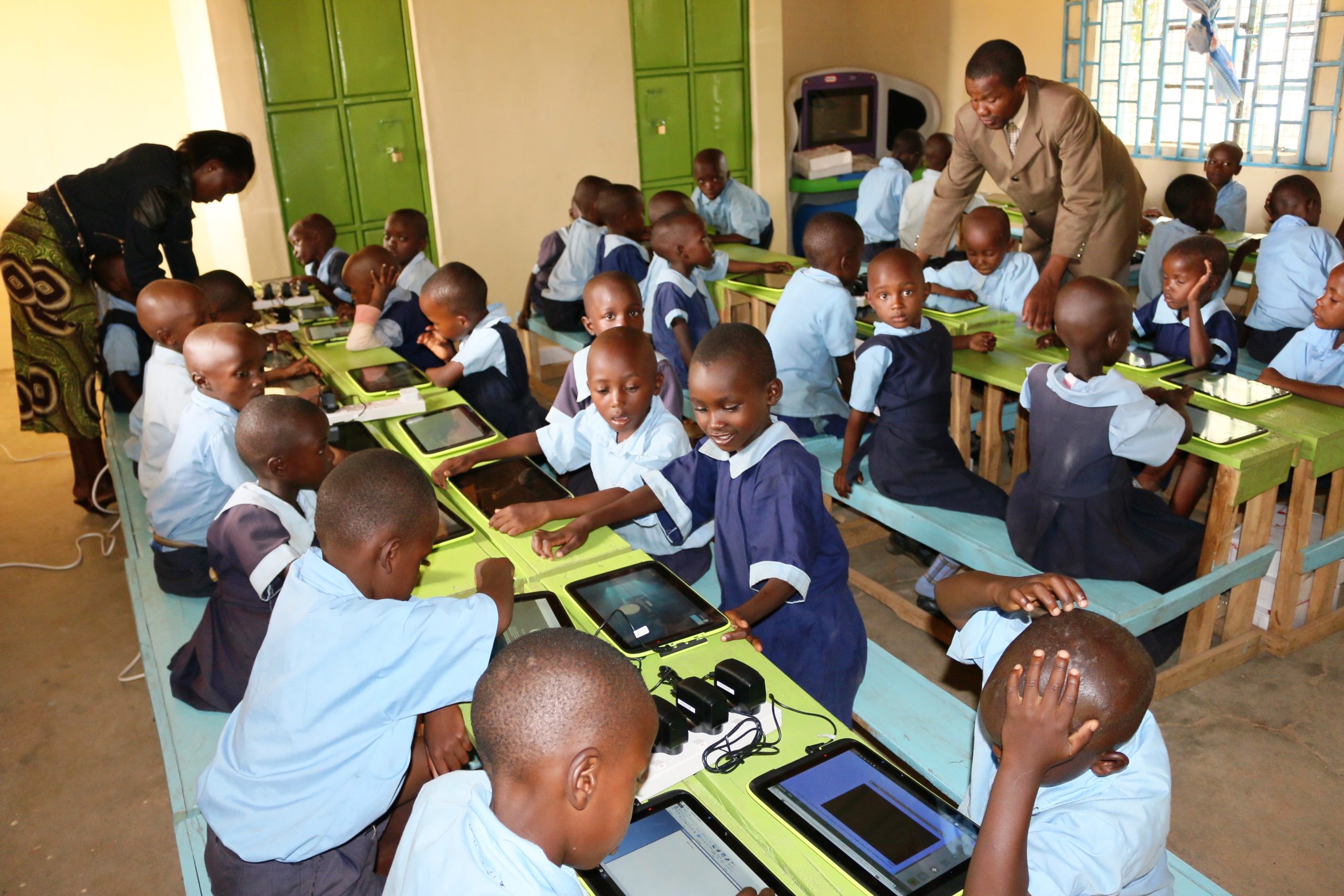
Unlock the secrets to stellar user experiences with our in-depth guide on UX principles—essential reading for anyone looking to enhance user satisfaction.
Is your business invisible online in Kenya? With millions of Kenyans turning to Google every day to find everything from a “best cafe in Nairobi” to “affordable solar panels in Kisumu,” not showing up in search results means you’re missing out on a massive opportunity.
Search Engine Optimization (SEO) isn’t just a technical buzzword; it’s the key to unlocking a steady stream of customers. But SEO in Kenya has its own unique nuances. What works in the US or UK might not be as effective for the Kenyan market.
This complete guide is your roadmap to dominating Google’s search results in Kenya in 2025. We’ll cover practical, actionable strategies for local SEO, keyword research, and technical setup tailored for Kenyan businesses.

1. Artificial Intelligence and Machine Learning
By 2025, artificial intelligence (AI) and machine learning (ML) will have significantly reshaped industries in Kenya. From agriculture to finance and healthcare, AI will become a core part of business operations. Local startups and tech giants will leverage AI to drive efficiency and innovation.
For instance, in agriculture, AI-powered systems will help farmers predict weather patterns, optimize crop yields, and prevent diseases. In the finance sector, AI algorithms will enhance fraud detection, automate customer service, and provide personalized banking experiences. Kenyan tech hubs like Nairobi’s “Silicon Savannah” are already nurturing AI-focused businesses, and by 2030, the country will likely be a leading center for AI innovation in Africa.
2. Mobile Money and Digital Payment Innovations
Kenya is known worldwide for its mobile money revolution, thanks to services like M-Pesa. Over the next five years, mobile money will continue to evolve, with more seamless digital payment systems becoming part of everyday life. We can expect to see the growth of mobile wallets, cryptocurrency adoption, and digital banking services that cater to Kenya’s unbanked population.
By 2030, mobile money platforms will be more integrated into various aspects of life—allowing Kenyans to pay for goods, services, utilities, and even taxes from their smartphones. Cross-border payments will also become smoother, further boosting trade across East Africa.
3. Smart Cities and Internet of Things (IoT)
Kenya’s push toward smart cities will gain significant momentum in the coming years. By 2030, cities like Nairobi, Mombasa, and Kisumu will be increasingly powered by IoT devices that optimize urban living. From smart traffic management systems to waste management solutions, IoT will be at the heart of Kenya’s urban transformation.
Kenya’s government has already taken steps to implement smart city initiatives, with Nairobi focusing on technology-driven urban planning. IoT sensors will enable real-time monitoring of city infrastructure, improve energy efficiency, and enhance public safety. Additionally, smart homes equipped with IoT devices will become more commonplace, contributing to a higher quality of life for residents.

4. Blockchain and Cryptocurrency
The blockchain revolution is expected to accelerate in Kenya by 2030, driven by the growing interest in cryptocurrency and decentralized finance (DeFi). As the Kenyan government looks for ways to modernize its financial systems, blockchain technology will be explored for use in land registries, voting systems, and government services.
Cryptocurrency, in particular, is gaining traction, with Kenyans increasingly adopting digital currencies as an alternative investment and transaction tool. Nairobi is already home to a growing community of blockchain enthusiasts and startups. By 2030, we may see Kenya becoming a regional hub for blockchain innovation in Africa.
5. 5G Connectivity and Internet Access
The rollout of 5G technology will significantly impact Kenya’s digital landscape by 2025. Faster and more reliable internet connectivity will enable new business models, remote work opportunities, and digital innovations. Industries such as healthcare, education, and e-commerce will benefit from 5G speeds, providing access to high-quality video calls, telemedicine services, and online learning platforms.
By 2030, 5G will enable the proliferation of connected devices, supporting everything from autonomous vehicles to smart appliances. Rural areas, which have traditionally struggled with connectivity, will also benefit from improved internet access, bridging the digital divide and fostering inclusivity.
6. Cybersecurity and Data Privacy
As Kenya becomes more digitally connected, the need for robust cybersecurity measures will become even more critical. Cyberattacks on businesses and individuals will continue to rise, making data security a top priority for government, businesses, and consumers. By 2025, cybersecurity regulations will become stricter, with businesses required to implement stronger protections against cyber threats.
Kenya’s growing cybersecurity industry will also lead to increased demand for skilled professionals, with universities and tech institutions focusing on cybersecurity courses. By 2030, the country is expected to be a regional leader in cybersecurity solutions, providing services to neighboring nations and global markets.

7. EdTech and Remote Learning
The COVID-19 pandemic forced the world to adopt remote learning, and Kenya was no exception. By 2025, EdTech will continue to evolve, with digital learning platforms, virtual classrooms, and AI-driven educational tools becoming more integrated into the education system.
With increasing internet penetration and digital literacy, by 2030, Kenya will have a thriving EdTech ecosystem, where learners of all ages can access high-quality education online. This will particularly benefit remote and underserved communities, allowing them to overcome geographic and socioeconomic barriers to education.
8. Green Tech and Sustainability Innovations
Kenya is already a leader in renewable energy, particularly with geothermal, wind, and solar power projects. By 2025, green tech will play an even more central role in driving sustainable development. From solar-powered gadgets to sustainable agriculture practices, Kenya will continue to innovate in the green tech sector.
Startups focused on clean energy solutions, waste management, and carbon footprint reduction will flourish. By 2030, the country will not only be known for its sustainable energy but also as a leader in clean technologies across Africa, exporting green innovations to other countries.
In Conclusion
The next decade holds tremendous potential for the tech industry in Kenya. With rapid advancements in AI, blockchain, mobile money, and green technologies, Kenya is on track to become one of Africa’s leading digital economies. By 2030, Kenya’s tech ecosystem will have transformed key sectors such as agriculture, finance, education, and healthcare, creating a more connected, efficient, and inclusive society. For businesses, entrepreneurs, and consumers alike, the future looks incredibly promising.










